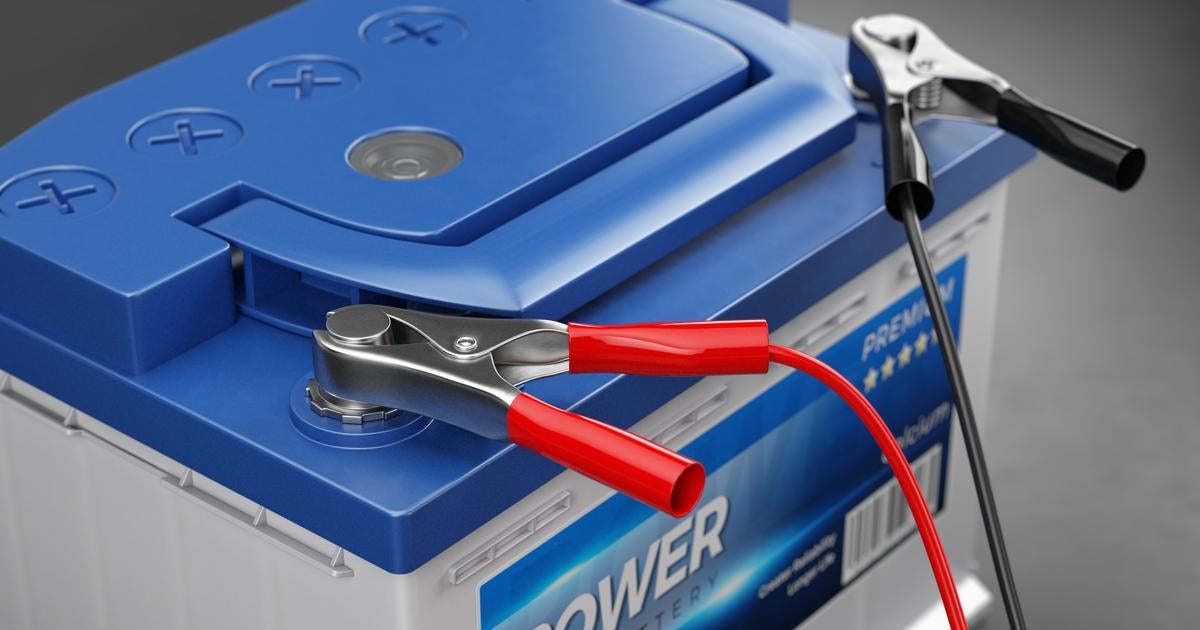One thing that occurred to me is what do EV owners do about their EVs when they go on holiday and have to use an airport that's a long drive away. So you arrive at the airport with low battery, what next? You can't park it on a charger and leave it there for a fortnight. If you leave it in normal airport parking for two weeks, that low battery will be virtually flat when you return.
No reason why that should be the case. For a start, (just like an ICE driver), the EV driver has the option of stopping for some more "fuel" before he parks up. However, self-discharge rates for a healthy lithium ion battery are tiny. I've left mine for over a week with "x%" in the battery and it has still had "x%" when I've come back to it. The most likely situation, is that the 12V battery goes flat when laid up for a prolonged period...
...just like it does on an ICE car...
So what happens when you come back to your EV with almost dead batteries at the end of your holiday at 6 o'clock in the morning? Hope you can find a working charger and also hope you have enough juice to get to the charger?
You get the jump leads out or call a breakdown organisation, just like someone with an ICE car whose battery has gone flat. The problem isn't usually the high voltage battery.
So you just about manage to limp to a charger that's actually working and available, not daring to turn on the heater or any other accessories on the way. Then stand there like a lemon in the freezing cold for an hour or two while the thing slowly charges and the Mrs chews your ear off, saying that either you part-ex this ridiculous battery contraption for a sensible ICE as soon as you get home or she'll see you in the divorce court.
...turn the heater on?
It's going to draw, maybe 3-5kW. That means that of the 50 / 100 / 200 kW going into the car to charge the battery, 10% of it (or in reality far less) is going to be keeping you warm, rather than charging the battery. So what? You're so stuck in your ICE mindset that maybe you think EVs aren't allowed to "run their engines" while refueling... (bless...
And of course, we've already discussed this "hour or two" cobblers. That's the kind of BS that people with no experience (but strong prejudices) keep spouting. If I'd got off a plane at 06.00, and needed to charge the car, I'd be well and truly ready for my breakfast, so I probably wouldn't sit in the car anyway. I'd plug it in, and walk away, into the Costa / McDonalds / Greggs / Starbucks, etc that the charger was built next to - because that's the thing with EVs, see? Unlike an ICE, you don't have to stand there like a lemon, freezing your bits off, holding the "charging lead" and pulling a trigger for the entire refueling process. You can just leave it to do its thing, and go and do something else. Cool, huh?
The closest I've come to a divorce court with Mrs. Avocet, was, ironically, a frosty morning in November 2022, just after I'd got the EV, when we were both leaving home at about the same time. I strolled over to her car and "gifted" her my ice scraper, telling her I wouldn't be needing it any more... Let's just say, she really wants an EV of her own, when the time comes to get rid of her existing diesel...


